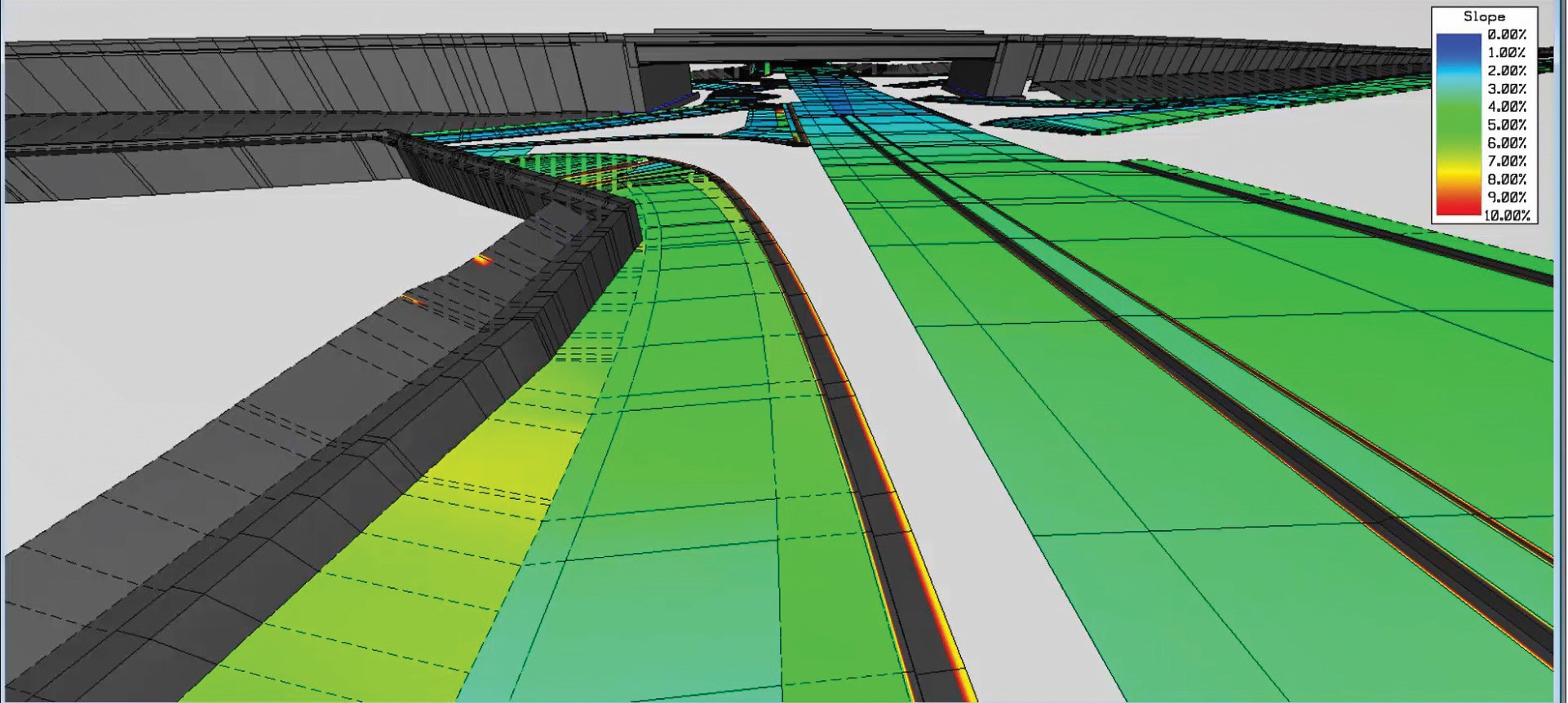
Navigating the Future: Digital Construction Management with WSB
December 7, 2023
By Andy Kaiyala | VP of Construction Technologies and Controls, TX, WSB
In an ever-evolving construction industry, Digital Construction Management (DCM) is the future of our industry. Utilizing cloud-based connected data environments that visualize the physical world in an interactive digital space is the next step to advance civil construction project delivery. This undertaking will produce accurate 3D models that become the single source of truth for project delivery, with each stakeholder building upon the work of the previous.
Simply put, this is the future of civil infrastructure and WSB is at the forefront with our DCM service.
Defining Digital Construction Management
Digital Construction Management represents a paradigm shift. At its core, DCM is the fusion of advanced technology and traditional construction practices that allows all stakeholders to evaluate the same data and make smart decisions.
The shift from 2D to 3D workflows will not occur overnight, but we recognize the value of 3D modeling and its ability to provide a more comprehensive and intuitive view of a construction project. 3D models enable stakeholders to visualize the project in its entirety. Where are utility clashes? Where are the trouble spots that need to be addressed? How will shifting elements of a project play out in the real world?
DCM has far-reaching implications for every stage of a construction project, from design to execution.
Unparalleled Problem Solving
Every project comes with risk, but DCM helps create the opportunity to take risk from an abstract concept to a concrete reality so challenges can be solved efficiently. When the proposed design is analyzed in context of a full existing-conditions model, problems are identified early, risk is mitigated and projects are ultimately more efficient and cost-effective.
Putting the Design Model to Work
WSB is excited about DCM because it is the intersection between services and software, and what is next for our industry. WSB provides both cutting-edge software tools and the expertise to use them effectively. DCM enhances our clients’ capabilities, allowing them to integrate operational data within one platform from the very earliest stages of the project through construction close out.
WSB’s in-house DCM expertise spans construction modeling, visualization, design modeling, 4D scheduling, data analytics, project controls, IT development resources, constructability review and automated machine control. This holistic approach ensures that every facet of the project benefits from DCM.
Preparing for the 3D Future
WSB’s approach to Digital Construction Management is about meeting clients where they are today while preparing them for the future.
The future of construction is digital, and our DCM services are empowering clients to make informed decisions while fostering collaboration, utilizing data intelligently and mitigating risks.
The digital future is here, and WSB is leading the way.
Andy is Vice President of Construction Technologies and Controls with over 25 years of industry experience and emphasis on large, complex, alternative delivery infrastructure projects in the transportation, heavy civil, flood control, and transit spaces. Andy has led teams that secured construction projects with a contract value of more than $5B in nine states and three countries.
[email protected] | 203.599.5984
